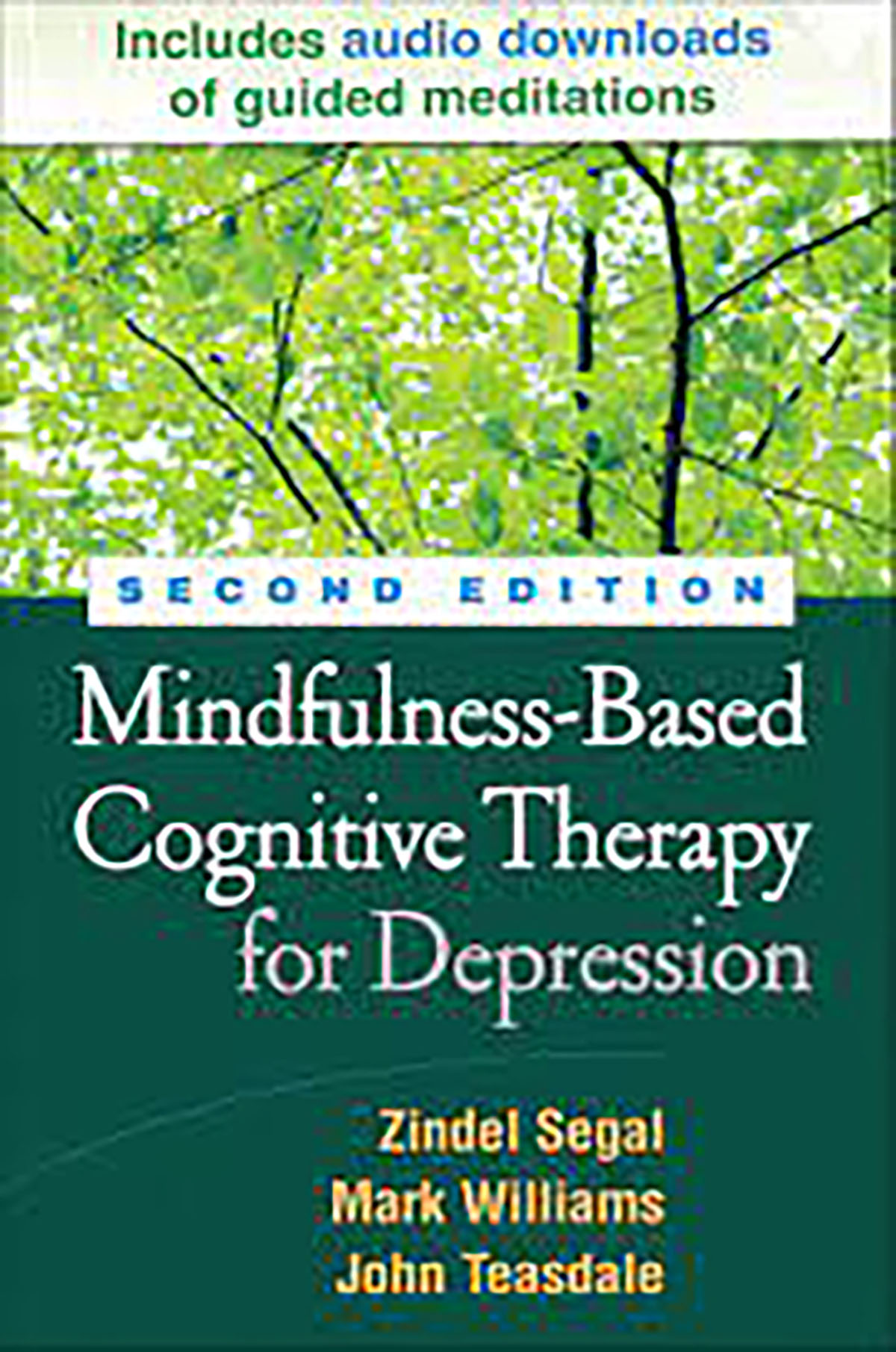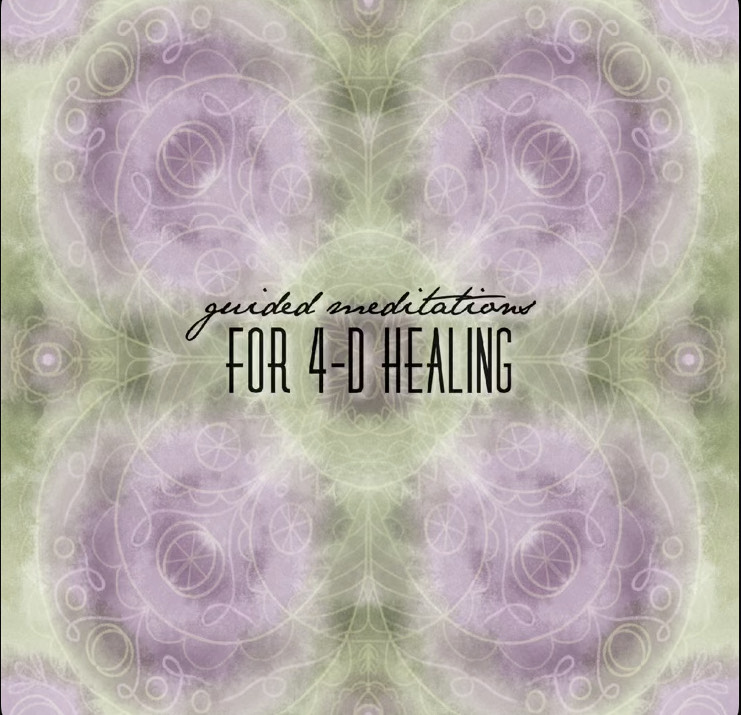Mindfulness-Based Cognitive Therapy (MBCT) is exactly what it sounds like: utilizing the practice of being in the moment in order to rehab your thought processes. The first book I read on this concept, combining Cognitive-Behavioral Therapy (CBT) with Mindfulness-Based Stress Reduction (MBSR), was Mindfulness-Based Cognitive Therapy for Depression by Segal et al.
- the authors’ honesty and transparency
- the impressive results demonstrated in their research

The book opens with the authors telling the true story about their training with Jon Kabat-Zinn from the University of Massachusetts – the “father” of the 8-week MBSR courses in America. The researchers share the story about their training process and how excited they were to take what they learned back to their university and run the 8-week program at their clinic with patients suffering from Major Depressive Disorder.
The researchers had been impressed with Kabat-Zinn’s research results, which included significant shifts in participants’ depression and anxiety levels per peer-reviewed, evidence-based assessments. However, when they returned to their clinic and ran the program, their results were slim to none. Some of the participants even got worse.
The researchers discuss their return to Kabat-Zinn’s clinic to challenge him on his research results and guess what Jon said to them? He asked, “Well, what is your personal mindfulness practice like?” Segal et al “twiddled their thumbs”, so-to-speak, and couldn’t report on a personal practice like the one they were teaching. Kabat-Zinn said, “You go home, practice these exercises daily for 8 weeks, like you’re teaching, and then run the program.” He was basically saying, “You can’t talk the talk unless you’re walking the walk”.
So the researchers follow through with their instructions and practiced their teachings for 8 weeks, then ran the program, while maintaining their personal practice. Low and behold, the results skyrocketed with major progress for all participants showing significant upliftment in mood and decreased symptoms and assessment scores of depression and anxiety.
Simply the concept of this shift inspired me to delve into the neuroscience as to why this was the case, and everything I learned made me fall more in love with the techniques – and truly a lifestyle – of mindfulness-based cognitive therapy. We all know that different thoughts can create different emotions, but “changing your mind” was never as easy as it sounds.
I remember being taught CBT in Psychology 101 as an undergrad, and again as a counseling psychology graduate student. I remember thinking, “If it was this easy, the world would be a different place.” As I reflected on my personal experiences of trauma and pain, I knew that simply changing your thoughts didn’t seem to do squat for me other than create more anger and frustration at being told to “bullshit myself into believing something that would help me feel better”. Plus, by the time I remembered to “practice CBT”, the brain had already been playing that soundtrack for so long my emotional and physical and spiritual body was already convinced of the latter.
Mindfulness changed this for me.
The concept of simply observing the thoughts with compassionate curiosity, without trying to change anything (at first), was life-changing. I wasn’t only watching a moving marquee – I was tuning into how it felt when I believed that thought. Mindfulness taught me not only to observe the thoughts, but to also observe the feeling, and to observe the observation and commentary based on that observation. It was like a satellite zooming out again and again and again until I finally had complete separation from the mental, physical, and emotional realm, and was simply a sentient being becoming aware of my awareness.
I was free.
And not only that, with a bird’s eye view, I was able to see the other options a lot easier, and even tap into what those different options would feel like emotionally and physically. That’s when I realized you have to feel it to heal it. If you can’t visualize and practice feeling what the new thought felt like, or more importantly, what the new thought could lead to, you can’t “click save” on the new thought that feels better. No matter how badly you want to believe it, you can’t – until you feel it.

The other major benefit to mindfulness practice is how it heals the hardware of your brain that changes with chronic pain, stress, and trauma. Daniel Amen, MD and Daniel Seigel, and Tania Singer are some of my favorite researchers and practitioners studying the way the brain changes, what this means, and what we can do to heal it. Mindfulness is one of the main techniques that works to heal the hardware of the brain, so you can more effectively update the software. If you’re in therapy right now – or simply trying to make a big life change for yourself – you need to heal your brain’s hardware and connectivity if you want to be able to click save. MBCT provides the skills you need to do this. I incorporate MBCT into everything I do personally and professionally and it has changed my life and the way I practice counseling and education.
The best part about MBCT? Other than its proven effectiveness to heal the brain and significantly decrease relapse after therapy, it provides what you need to walk the 4-D Wheel. I’ll be going more into the 4-D Wheel in next week’s blog, but here’s a sneak peak!
- Mind – mental story, narrative, knowledge, judgments
- Body – physical story, sensations, pain/pleasure, rigid/fluid, hot/cold, function/dysfunction
- Heart – emotional story, feelings, energy in motion
- Spirit – spiritual story, connection/disconnection, relationships with self, others, higher power, the quadrant of memories and dissociation
Start in whatever quadrant feels right for you. What do you notice? As you notice what’s happening in one quadrant, what do you notice happening in another quadrant? For example, when I’m thinking “I can do this”, my body lifts up my posture and I take a deep breath, and I feel more confident and courageous, and I remember how I felt on the swimming block before the 500-meter freestyle race ready to kick-ass.
Now your turn – move in a clockwise direction around the Wheel, but you don’t have to go in order (you can skip over a quadrant, but keep moving in the clockwise direction).
What was that like for you?
Become aware of the shift in perspective as you move around the Wheel.
Can you think of an object that represents what you want to let go of in each quadrant?
Can you think of an object that represents what you wish to invite into your experience for each quadrant?
Metaphors and symbolism help the brain click save in more places around the brain rather than just thinking about what you want.
For guidance, check out my meditation album, Guided Meditations for 4-D Healing.
You can email me to access a worksheet you can use to walk the 4-D Wheel and practice MBCT.
Be sure to check out next week’s blog post for a more in-depth look at the 4-D Wheel and how to use it personally and professionally (yes, healthcare providers, this is a great tool for you!)
Check out my book and list of resources for more information on these incredible techniques!



